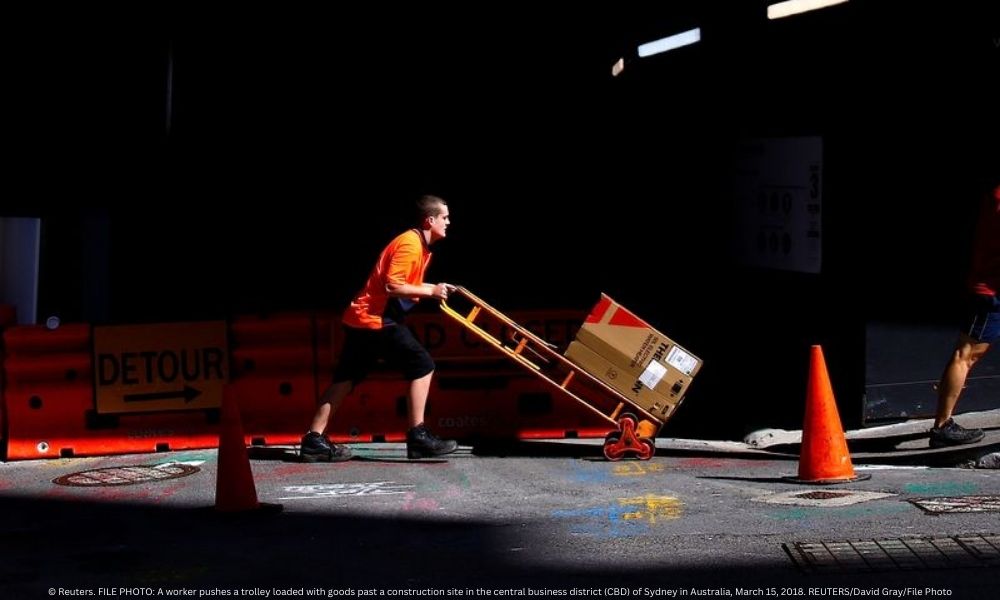
By Wayne Cole
SYDNEY (Reuters) -Australia employment unexpectedly fell in July to end two months of very strong growth, while the jobless rate ticked higher in a sign the drum-tight labour market might finally be loosening.
The softer reading stoked speculation the Reserve Bank of Australia (RBA) might be done hiking interest rates and dragged the local dollar down to nine-month lows at $0.6366.
|
Are you a Tax Lawyer in USA? |
Figures from the Australian Bureau of Statistics (ABS) on Thursday showed net employment fell 14,600 in July from June, reversing some of June's 31,600 jump and confounding market forecasts of a 15,000 rise. All the losses were in full-time jobs which dropped 24,200.
The jobless rate rose to 3.7%, from 3.5%, topping analysts' forecasts of 3.6% and the highest reading since April.
The ABS cautioned that the figures were likely impacted by the timing of school holidays in July, which could have artificially depressed the numbers.
However, on the face of it the report seemed to support the RBA's case for a "turning point" in the market which should help lessen inflationary pressures.
The central bank has paused rate hikes for two months now and investors suspect it may be done tightening. Futures imply only a 50-50 of one more quarter-point hike to 4.35% by the end of the year.
"Today's data are likely to be the final nail in the coffin for any lingering expectations of a rate hike in September," said Ben Udy, lead economist for Oxford Economics Australia.
"Even so, the deterioration in the labour market has a long way to run before the RBA can completely relax."
The labour market has proved remarkably resilient with 399,000 net jobs added in the 12 months to July even as interest rates have climbed 400 basis points to a decade-high of 4.1%.
Such strong demand for workers has seen wages rise, though not nearly to the extent in some other developed nations.
Figures out this week, showed annual wage growth actually eased a touch in the June quarter to 3.6% and well below inflation of 6%, suggesting there was little danger as yet of a price wage spiral developing.
Analysts assume the current quarter will be stronger due to a spike in minimum wage awards, but annual growth is still likely to top out around a relatively manageable 4%.
"It is getting harder to argue for a sustained lift in wage inflation momentum," said Justin Smirk, a senior economist at Westpac.
"We need to have an open mind to the idea there has been a significant change in wage/price setting behaviour and that wage inflation will peak at a lower rate than was initially anticipated."